Earth Day Science Projects and Activities
Hey there! Earth Day rolls around every April 22, and it’s all about giving our planet a little love. Started back in 1970, it’s a day to focus on things like cleaning up trash, saving water, and fighting pollution. What better way to get into the spirit than with some hands-on science projects? These activities are perfect for kids, families, or even classrooms. They’re simple, use stuff you probably have at home, and teach real lessons about the environment. I’ll walk you through six fun ones, with easy steps and why they matter. Plus, for each, I’ll include a related image with simple lines or labels to help you picture it. If you’d like me to generate custom images, just let me know to confirm! Let’s dive in and make learning about the planet exciting.
These projects show how science connects to everyday Earth stuff, like weather, energy, and recycling. You don’t need fancy gear—just curiosity and a bit of time. Here we go!
1. Water Cycle in a Bag
This one’s super easy and shows how water moves around on Earth. It’s like having a tiny weather system right in your window. You’ll see evaporation, condensation, and precipitation happen before your eyes.
What you need: A clear plastic zip-top bag, a permanent marker, some water, blue food coloring (optional), and tape.
How to do it: First, use the marker to draw a sun and some clouds on the outside of the bag. Pour in about a quarter cup of water and add a drop of blue coloring to make it look like ocean water. Seal the bag tight so no air gets out. Tape it to a sunny window. Over a few hours or days, watch what happens.
The science part: The sun heats the water, turning it into vapor—that’s evaporation. The vapor cools on the bag’s sides and turns back into drops—condensation. When the drops get heavy, they fall like rain—precipitation. This mimics the real water cycle that keeps our rivers and oceans going. It’s a reminder of why we need to keep water clean, since pollution can mess up this whole process.
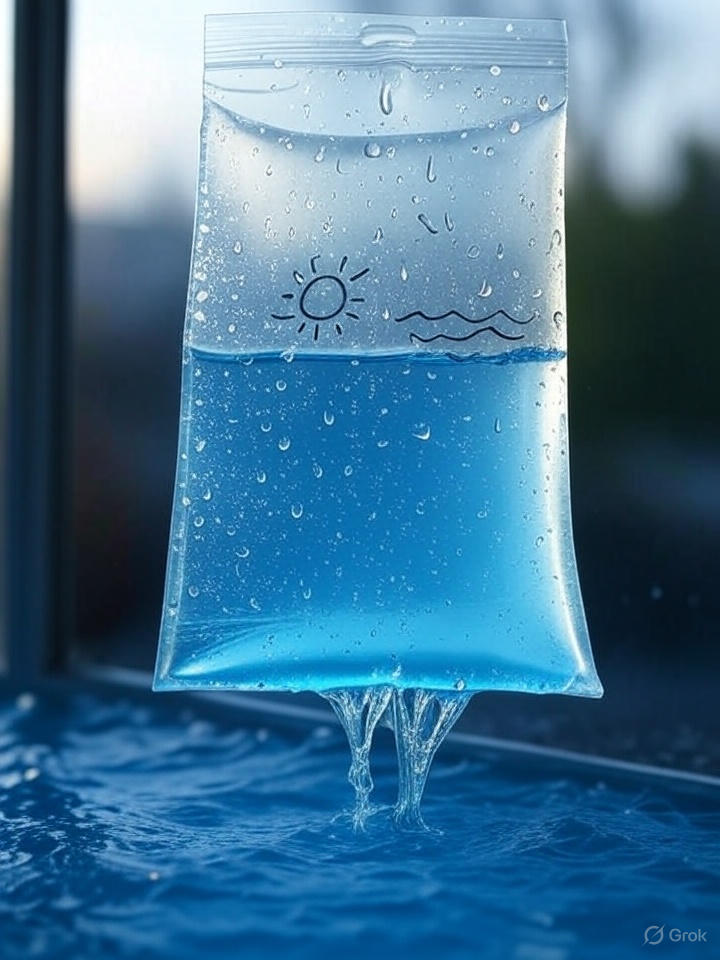
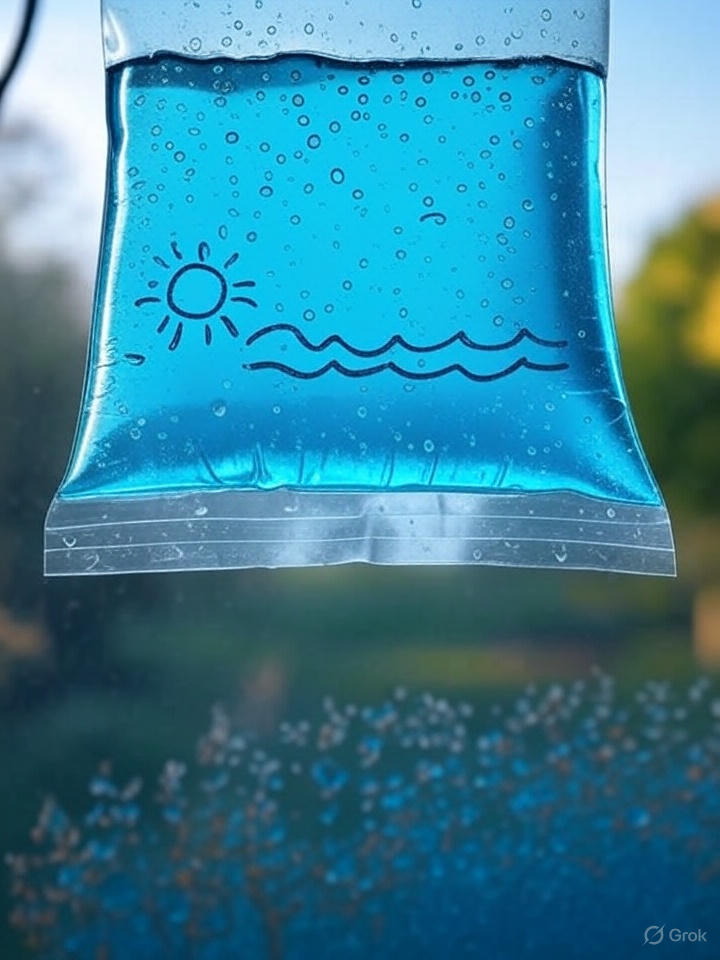
This project takes about 10 minutes to set up and teaches kids how weather works without any mess. Try it on a warm day for faster results!
2. DIY Solar Oven
Want to cook with the sun’s power? This project turns cardboard into a solar cooker, showing renewable energy in action. It’s great for understanding why solar power helps fight climate change by reducing fossil fuels.
What you need: A pizza box or similar cardboard box, aluminum foil, black construction paper, plastic wrap, tape, scissors, and a stick or ruler to prop it open. For cooking, try something simple like s’mores (graham crackers, chocolate, marshmallows).
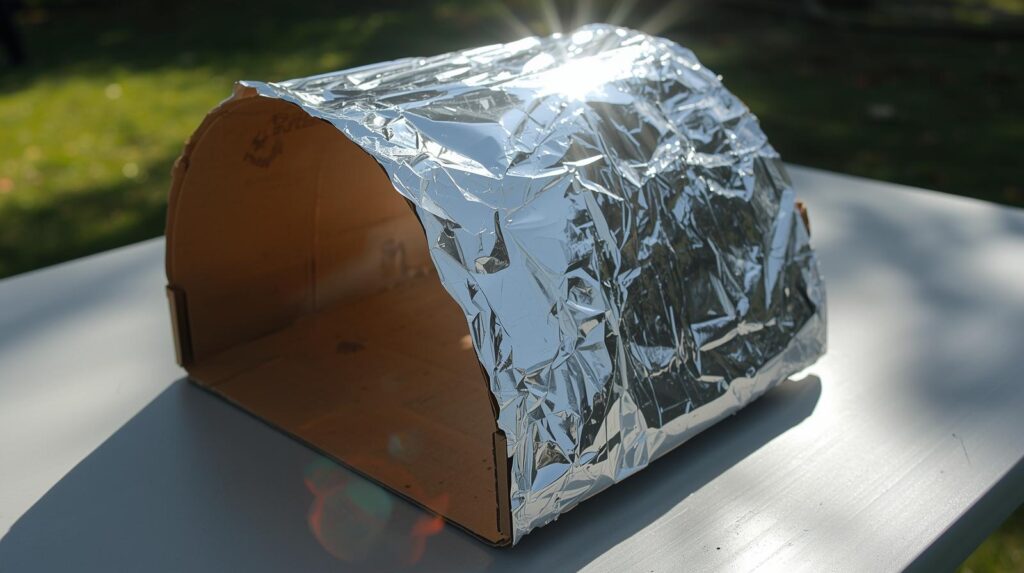
How to do it: Cut a flap in the box lid, leaving one side attached. Cover the inside of the flap with foil, shiny side out, to reflect sunlight. Line the bottom of the box with black paper to absorb heat. Tape plastic wrap over the hole in the lid to trap heat like a greenhouse. Prop the flap open with the stick to angle it toward the sun. Put your food inside on the black paper, close the box, and let it sit in direct sun for 30-60 minutes.
The science part: The foil bounces sunlight into the box, where the black paper soaks up the heat. The plastic acts like Earth’s atmosphere, trapping warmth. This is how solar energy works—free, clean power from the sun. It highlights why switching to renewables is key for Earth Day goals, like cutting down on carbon emissions that warm the planet.
Kids love seeing chocolate melt without electricity. Just be careful not to leave it too long, or things might get gooey!
3. Oil Spill Cleanup Challenge
Oil spills are a big environmental problem, like those from ships or pipelines. This activity lets you simulate one and test ways to clean it up, teaching about pollution and wildlife protection.
What you need: A large bowl or pan, water, vegetable oil, blue food coloring, dish soap, cotton balls, spoons, feathers (fake ones work), and paper towels.
How to do it: Fill the bowl with water and add blue coloring for “ocean” effect. Pour in a few tablespoons of oil to make the “spill”—watch it float on top. Dip a feather in to see how oil sticks and harms birds. Now, try cleaning: Use cotton balls or paper towels to absorb oil, or add dish soap to break it up. Scoop out the mess with spoons. Compare what works best.
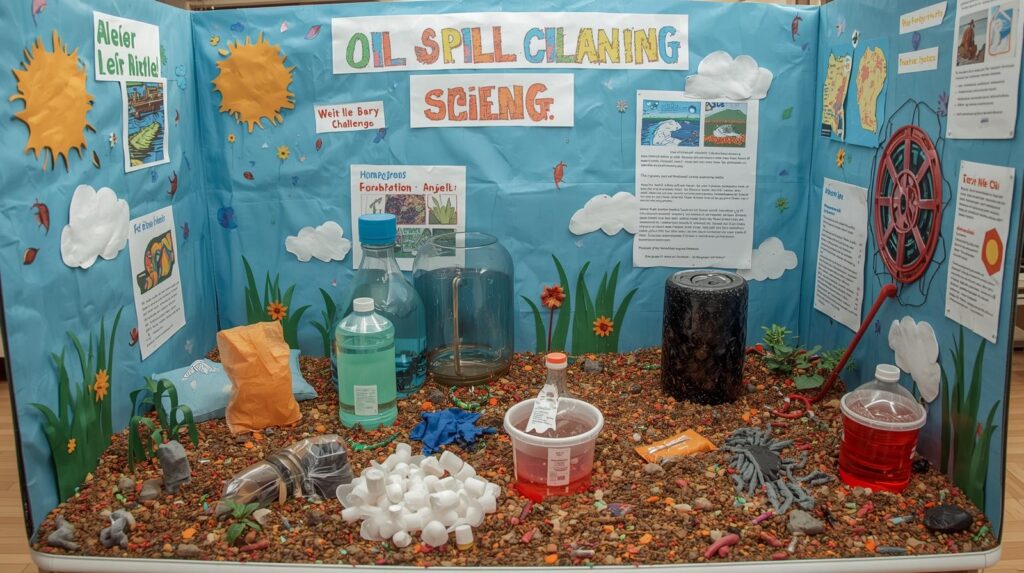
The science part: Oil and water don’t mix because oil is less dense and repels water. Dish soap is a surfactant that breaks oil into tiny drops for easier removal. This shows real cleanup methods used in spills, like booms or chemicals, and why preventing pollution is better than fixing it. It ties into Earth Day by stressing ocean health and reducing plastic use, since many spills come from oil transport. This is messy but eye-opening—perfect for talking about real events like the Deepwater Horizon spill.
4. Seed Germination Jar
Growing plants from seeds teaches about life cycles and why forests and farms are vital for oxygen and food. This project watches seeds sprout, linking to deforestation issues.
What you need: Clear glass jar or plastic cup, paper towels, dry beans or seeds (like beans, peas), water, and tape.
How to do it: Wet a paper towel and wrap it around the inside of the jar, leaving a little space to see. Place a few seeds between the towel and the glass. Add a small amount of water to keep it damp, then tape the jar to a sunny spot. Check daily for sprouting—it might take 3-7 days.
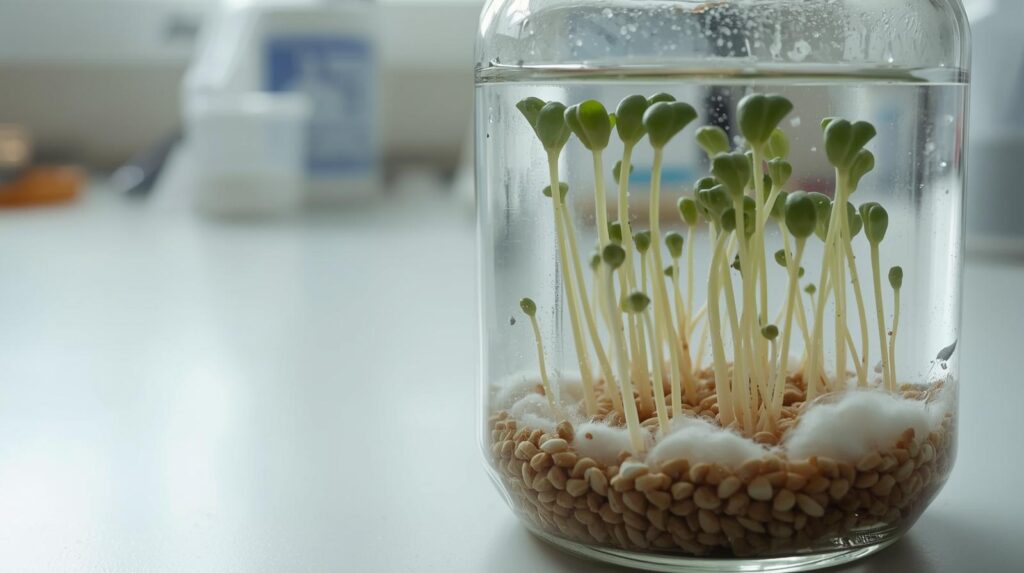
The science part: Seeds need water, warmth, and light to start growing. As they sprout, they use stored energy to push out roots and shoots. This shows why trees are so important—they clean air and provide homes for animals. Losing forests to deforestation cuts down on these benefits, which is why planting trees is a big Earth Day focus.
It’s a slow but rewarding project—great for patience and watching nature at work!
5. Homemade Wind Turbine
Wind power is another clean energy source, and this project builds a mini turbine to see how it works. It connects to reducing reliance on dirty fuels that harm the air.
What you need: A small motor (or a toy motor from a craft store), a cork or eraser, pins or skewers, cardboard, a fan or breeze, and wires with an LED (optional).
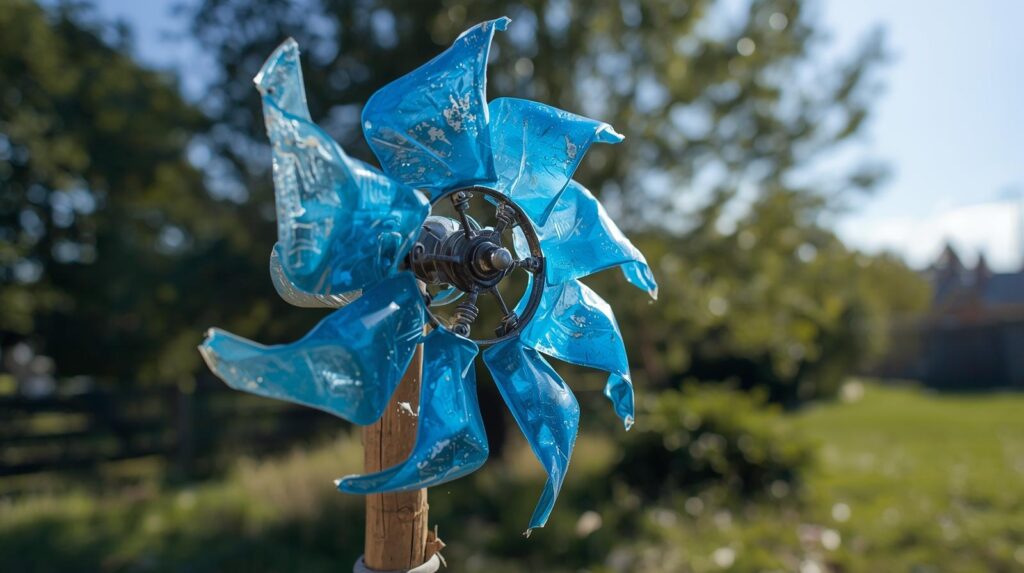
How to do it: Cut propeller blades from cardboard and attach them to the cork with pins. Stick the cork onto the motor’s shaft. If using an LED, connect the motor wires to it. Hold the setup in front of a fan or outside on a windy day. Watch the blades spin and light the LED if connected.
The science part: Wind turns the blades, which spin the motor to make electricity. This is how real wind turbines work on hills or coasts, powering homes without pollution. It’s a neat way to see renewable energy in action and why Earth Day pushes for greener tech.
This one’s a bit tricky but fun—perfect for older kids or with some adult help!
6. Recycled Paper Maker
Recycling paper saves trees and reduces landfill waste. This project turns old paper into new sheets, showing how small actions help the planet.
What you need: Old newspaper or printer paper, a blender, a frame (like an old picture frame with a screen), water, a sponge, and a towel.
How to do it: Tear the old paper into small pieces and soak them in water for an hour. Blend the soaked paper with more water until it’s pulpy. Pour the pulp into the frame screen, spread it evenly, and press out water with a sponge. Lift the frame, lay the wet sheet on a towel, and let it dry for a day. You’ve got new paper!
The science part: Breaking down paper into pulp and reforming it shows how recycling works. Trees are saved, and less trash piles up. It ties into Earth Day by encouraging reuse and cutting down on waste that harms ecosystems. It’s a crafty, practical project—your new paper can even be used for drawings!
Conclusion
These six projects bring Earth Day to life with science you can touch and see. From water cycles to wind power, they show how nature works and why taking care of it matters. Each one takes 10-60 minutes to start, with some needing a day or two to finish, but they’re all worth it. Grab your supplies, get the family involved, and spend some time learning about our planet. Happy Earth Day—let’s keep it green!
